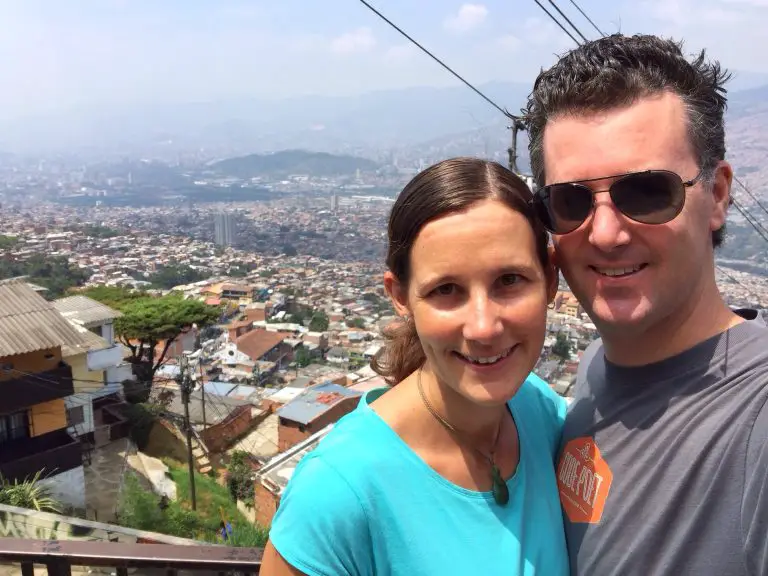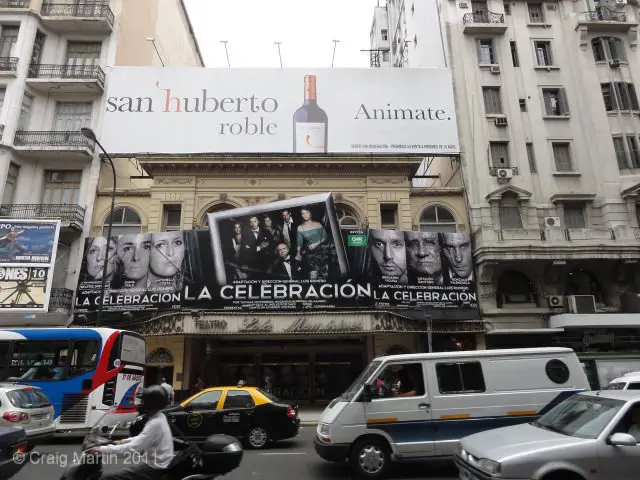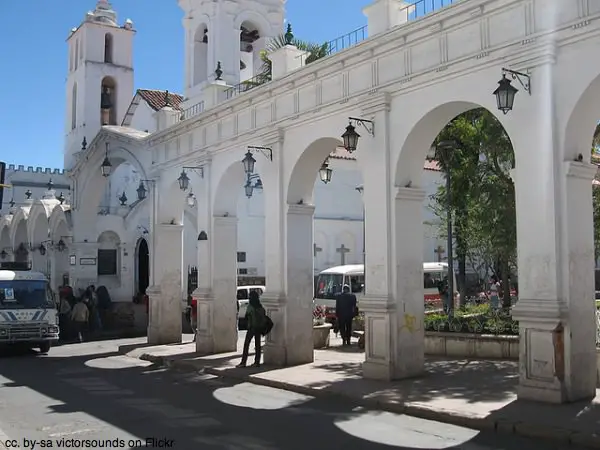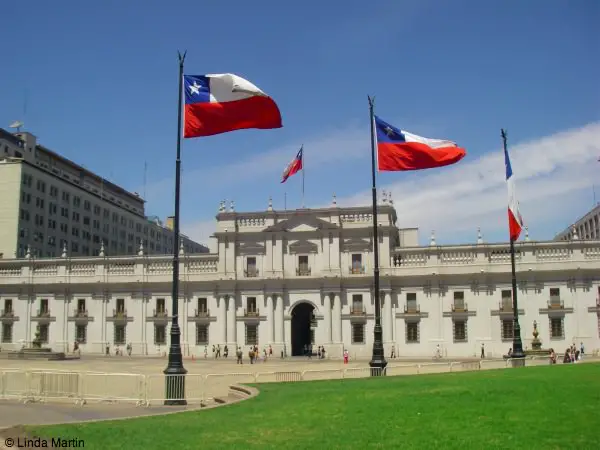Solo female travel in La Paz, Bolivia
The next destination on my South American journey was La Paz, Bolivia. I did some research on La Paz before I got there, since it’s situated in one of the highest altitudes in the world and many travellers there have been known to suffer from altitude sickness. Therefore, my plan was to check straight into a hotel and stay there for two days to acclimatize in case I got sick. I also took precautionary medication (Diamox was prescribed to me in Australia before I left) 24 hours before I arrived there, just in case.
On the journey from the airport to the hotel in the city, I was blown away by the surreal geography of La Paz. Because the entire city was built in a deep canyon, it suffers from two extremes. On one hand the views are captivating all around, but because it is essentially a hole in the ground, it is extremely polluted. Smog is everywhere and it’s hard to avoid breathing it in.
Some words of advice for other solo female travellers:
1. Be prepared for the altitude
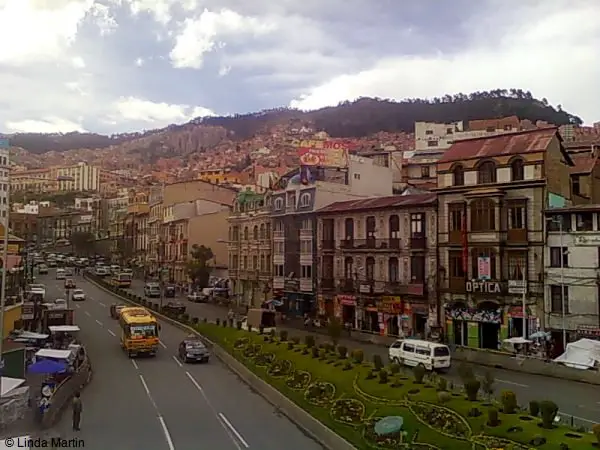
Note #1: There is a local tea called mate de coca, a refreshing brew made from the local coca leaves. It gives you an adrenalin boost to help with the effects of the altitude, and has a great nutty flavour.
2. Hire a private taxi
Right at the entrance of the airport you will find a taxi rank with a fleet of cars waiting for your business. Unlike what I had expected (shameless touting), I was pleasantly surprised to meet a polite Bolivian driver who drove me to my hotel and offered me a business card with his license and contact details. His taxi was available for private hire at 50 bolivianos (around USD$7) an hour. I agreed. It was the best decision I could have made as Jose was not only well-versed in English but also extremely knowledgeable.
In many places you need to pay a lot extra for an English guide, but for a fraction of the price, I paid for Jose to join me in visiting some local sites (Bolivians pay only a small percentage of what tourists pay in entrance fees), and he became not only my driver, but my personal tour guide, enthusiastic photographer (for once I was going to appear in more of my own photos!), and also a trusty food companion (he introduced me to local food like chicarrón and fricassee. Yum!)
Note #2: If you decide to hail a taxi from the streets, choose only “radio taxis” with a number on the side of their cabs as those are the ‘official’ ones.

3. Drink bottled water
Tap water is not recommended for drinking. For around 70 cents for a two-litre bottle, there’s no excuse not to drink bottled water, which is available on every corner.
4. Beware of fake police
A local tour guide warned me that there are people who dress up in a police uniform and approach tourists to ‘check’ their passports. While that is happening an accomplice uses the distraction to steal money and other valuables. Personally I didn’t encounter any, but I thought I would relate this story anyway in case anybody did.
5. Take toilet paper with you
Girls, Bolivian public toilets are not that pretty. Not only do many lack toilet seats, toilet paper is usually not provided. So practice your hovering skills and stuff a pack of tissues in your bag.
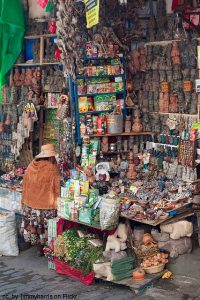
6. Don’t forget your credit card
Most of South America works on a cash-only basis, so locating ATMs is an important task. Machines are plentiful but not all of them may work with your card. For my Bolivian travels I used a Visa Debit card which worked in every machine, but I also met others at the hotel I stayed in who reported their cards being eaten, or had Travelex cards that didn’t work.
A word of caution as well – unlike most western countries, the machine only spits the card out AFTER you take the money, not the other way around. This means there is a large possibility you will take the cash and forget your card (I did this once but remembered a few seconds later so luckily my card was still there).
Note # 3: I learnt my lesson after that incident but in hindsight I should probably have taken a backup card with me.
Other interesting things about La Paz include the awesome Witches Market, scary traffic and zebras. But I don’t want to take all the mystery out, so go and check it out for yourselves!
This article was originally published on Art of Solo Travel.

